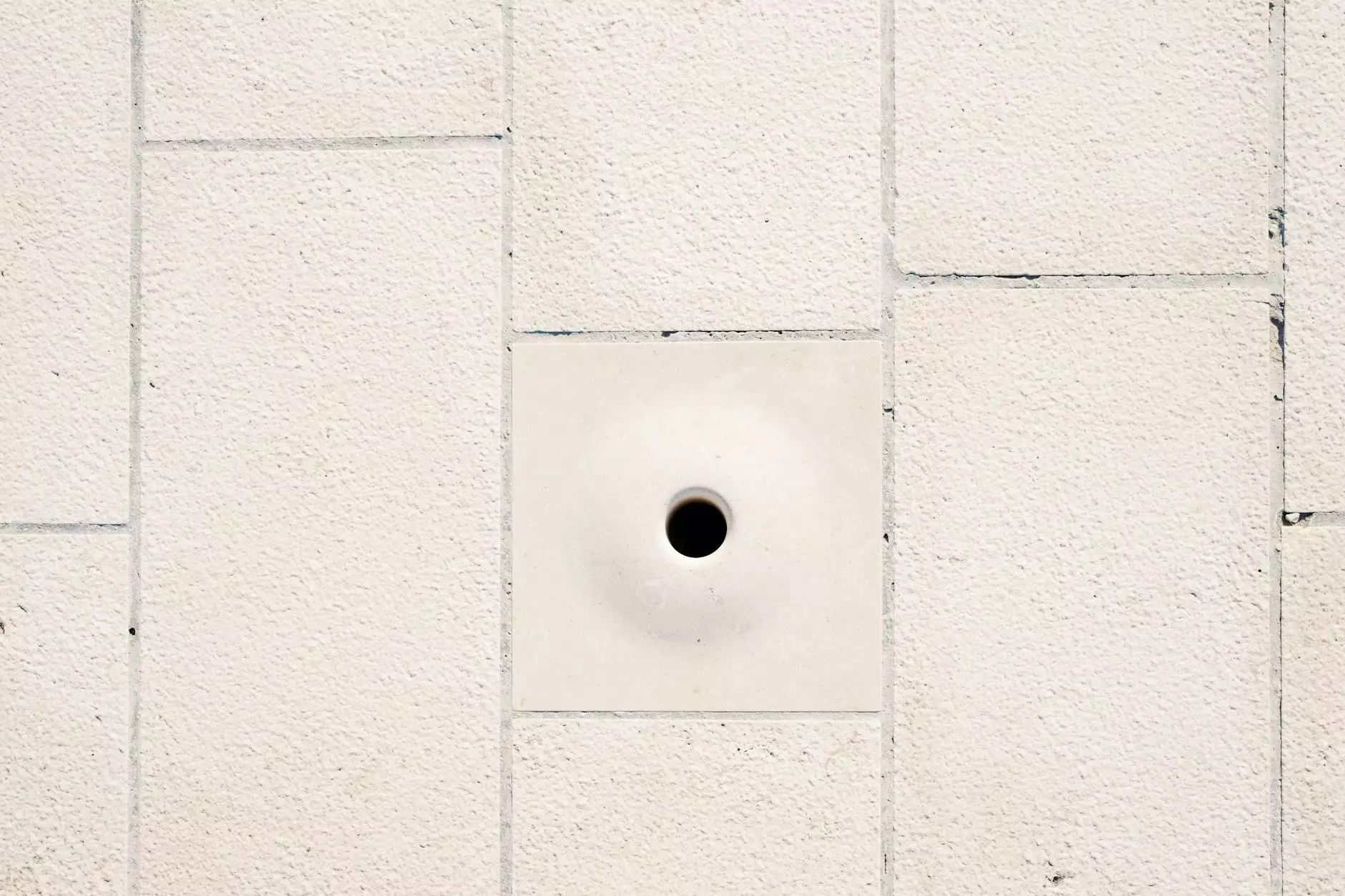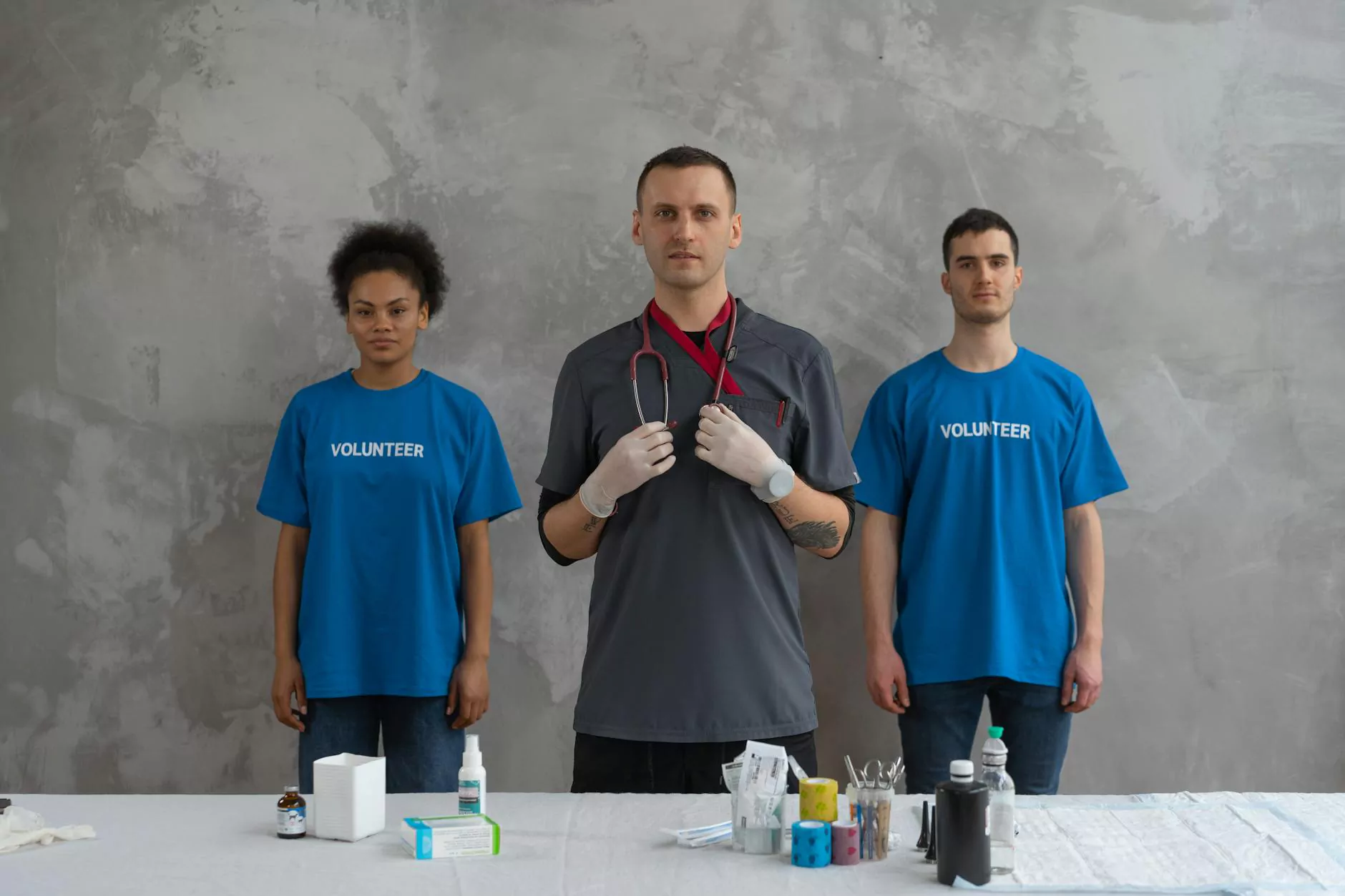Understanding Skin Blotches on Legs: Causes, Treatment, and Prevention

Skin health is a significant aspect of our overall well-being. Among various skin conditions, skin blotches on legs can be a common concern. Whether they are the result of environmental factors, underlying health issues, or simply skin aging, understanding these blotches is essential for effective treatment and prevention. In this comprehensive guide, we will explore the causes, treatment options, and preventive measures to manage skin blotches on legs effectively.
What Are Skin Blotches?
Skin blotches refer to irregular patches of color that appear on the skin. They can vary in size, shape, and texture, and may differ in color from the surrounding skin. These blotches can be red, brown, purple, or even yellow, depending on their cause. While they may pose cosmetic concerns, some blotches can indicate medical conditions that require treatment. It is essential to recognize that not all skin blotches are the same.
Common Causes of Skin Blotches on Legs
The causes of skin blotches on legs can be categorized into various factors, including:
- Dermatological Conditions: Conditions like eczema, psoriasis, or dermatitis can lead to blotchy skin. These may be chronic conditions that require ongoing management.
- Allergic Reactions: Skin reactions from allergens, such as certain foods, medications, or environmental factors, often appear as blotches.
- Infections: Fungal and bacterial infections, such as cellulitis or ringworm, can present as red or discolored patches on the legs.
- Vascular Issues: Conditions affecting blood vessels, such as varicose veins or vascular malformations, can lead to abnormal skin coloration.
- Sun Damage: Prolonged exposure to UV rays can cause sunspots or hyperpigmentation, leading to uneven skin tones on the legs.
- Ageing: As skin ages, it may develop age spots or other forms of discoloration, including blotches.
- Systemic Conditions: Underlying health conditions, such as liver disease or autoimmune disorders, may present as skin changes, including blotches.
When to Seek Medical Attention
If you notice skin blotches on legs, it’s crucial to pay attention to accompanying symptoms and changes. Here are some signs that warrant a visit to a healthcare provider:
- Blotches that persist or worsen over time.
- Accompanying symptoms such as itching, pain, or swelling.
- Blotches that bleed or ooze.
- A sudden appearance of multiple blotches.
- Symptoms associated with systemic illness, such as fever or fatigue.
Diagnosis of Skin Blotches
Accurate diagnosis of skin blotches on legs typically involves a comprehensive evaluation by a healthcare professional. The diagnostic process may include:
- Medical History: Discuss your medical history, including any recent illnesses, allergies, and medication use.
- Physical Examination: A thorough physical exam of the blotches to assess their appearance, size, and distribution.
- Tests: In some cases, skin biopsies or allergy tests may be conducted to determine the underlying cause.
Treatment Options for Skin Blotches
Treatment for skin blotches on legs varies according to the underlying cause. Here are some common treatment modalities:
1. Topical Treatments
For localized skin conditions, topical treatments may be prescribed:
- Corticosteroids: Often used to reduce inflammation in conditions like eczema and dermatitis.
- Antibiotics: Used to treat bacterial infections that lead to blotchy skin.
- Antifungal Creams: Effective for fungal infections that manifest as blotches.
- Moisturizers: Essential for managing dry skin, which can exacerbate blotchy appearances.
2. Systemic Treatments
If the skin blotches are linked to systemic conditions, systemic treatments may be necessary:
- Oral Medications: Depending on the diagnosis, oral antibiotics, antifungals, or corticosteroids may be prescribed.
- Phototherapy: For chronic conditions like psoriasis, treatments involving controlled exposure to UV light may help.
- Systemic Agents: In autoimmune conditions, medications that modulate immune system responses might be warranted.
3. Lifestyle and Home Remedies
In addition to medical treatments, several lifestyle changes and home remedies can support skin health:
- Hydration: Keeping your body well-hydrated helps maintain skin elasticity and health.
- Nourishing Diet: A balanced diet rich in vitamins and antioxidants can promote skin health. Foods high in omega-3 fatty acids, such as salmon and walnuts, are particularly beneficial.
- Sun Protection: Using sunscreen can prevent further sun damage and pigmentation.
- Gentle Skincare: Avoid harsh soaps and skin products that may irritate or exacerbate skin conditions.
Preventive Measures for Healthy Skin
While some causes of skin blotches may be unavoidable, many can be prevented through proactive measures:
1. Regular Skin Monitoring
Regularly check your skin for any changes or new blotches. Early detection can make a significant difference in treatment outcomes.
2. Maintain Good Hygiene
Practicing proper hygiene, including regular bathing and moisturizing, can help prevent skin infections and issues that could lead to blotches.
3. Seek Regular Dermatological Advice
Scheduling routine check-ups with a dermatologist can help address concerns proactively and ensure your skin remains healthy.
4. Avoid Known Triggers
If you have identified allergens or irritants that cause skin reactions, avoiding them is crucial in preventing blotching.
Conclusion
Understanding the factors contributing to skin blotches on legs is vital for effective management and prevention. While many conditions can cause skin blotches, identifying the underlying cause is crucial for appropriate treatment. If you notice persistent or concerning skin changes, do not hesitate to seek medical advice. By adopting good skincare practices and being aware of your skin’s health, you can maintain vibrant and healthy skin.
FAQs About Skin Blotches on Legs
1. Can skin blotches on legs be harmless?
Yes, many skin blotches can be harmless, such as age spots or harmless pigmented lesions. However, it is essential to monitor changes and consult a dermatologist if concerned.
2. Are skin blotches a sign of a serious condition?
Not always, but some skin blotches can indicate underlying health issues. If you notice changes in size, shape, or color, it is advisable to seek professional evaluation.
3. How can skin blotches be minimized?
Minimizing exposure to sun, maintaining skin hydration, and using appropriate skincare products can help reduce the appearance of blotches. Always follow a proper skincare regime tailored to your skin type.
4. What should I do if I notice new blotches on my legs?
If new blotches appear, especially if they change in appearance or are symptomatic, it is best to consult a healthcare professional for a thorough assessment.









